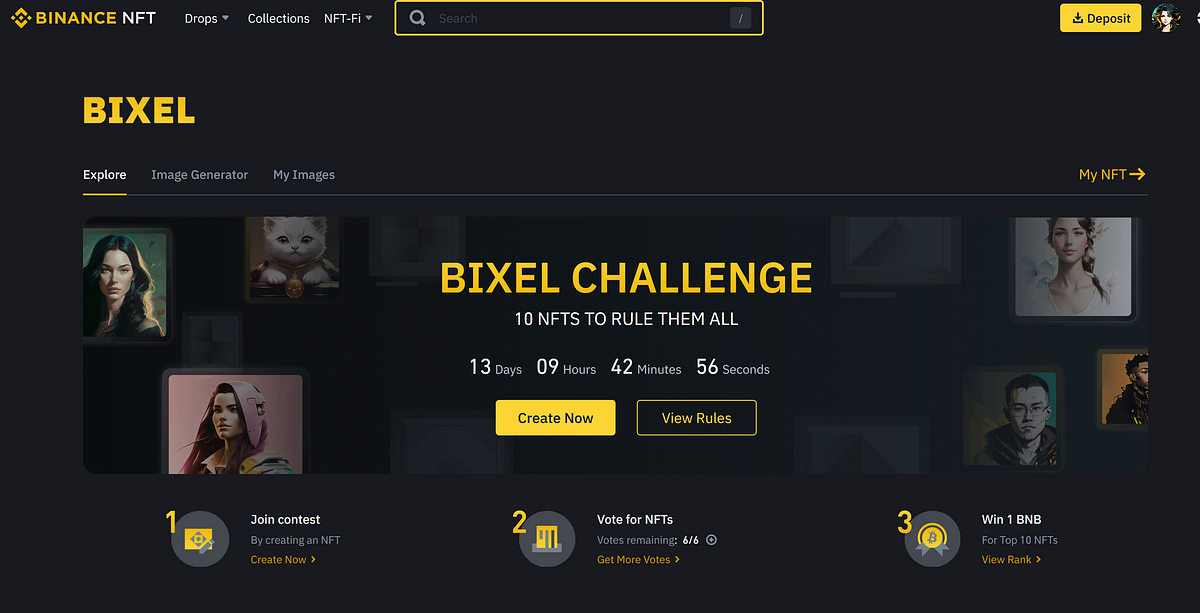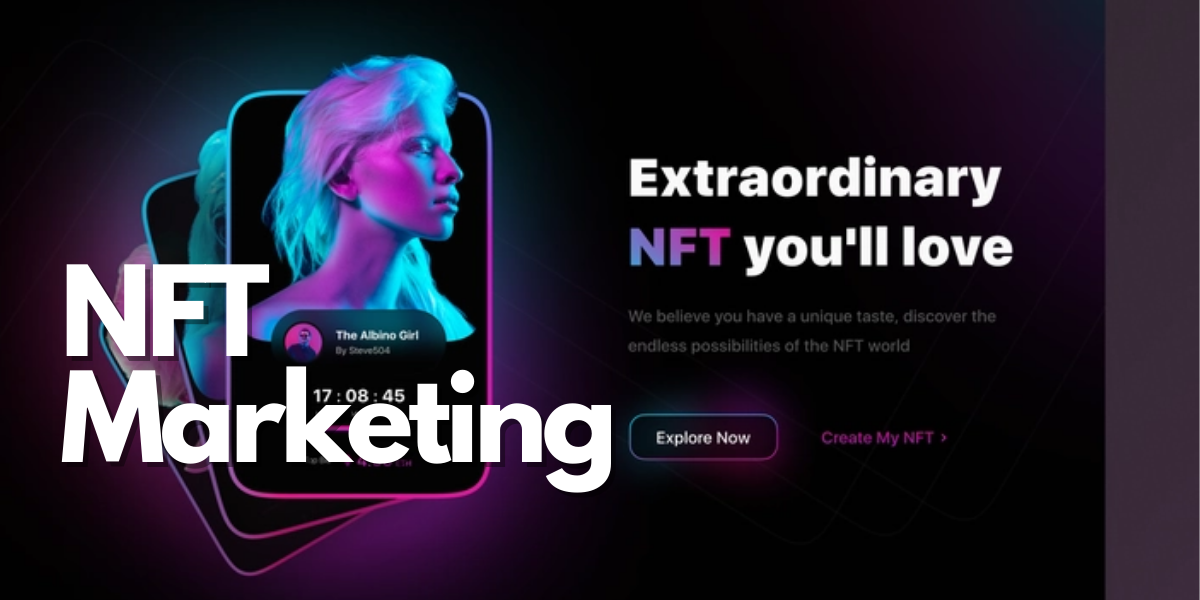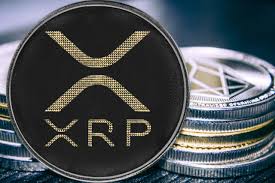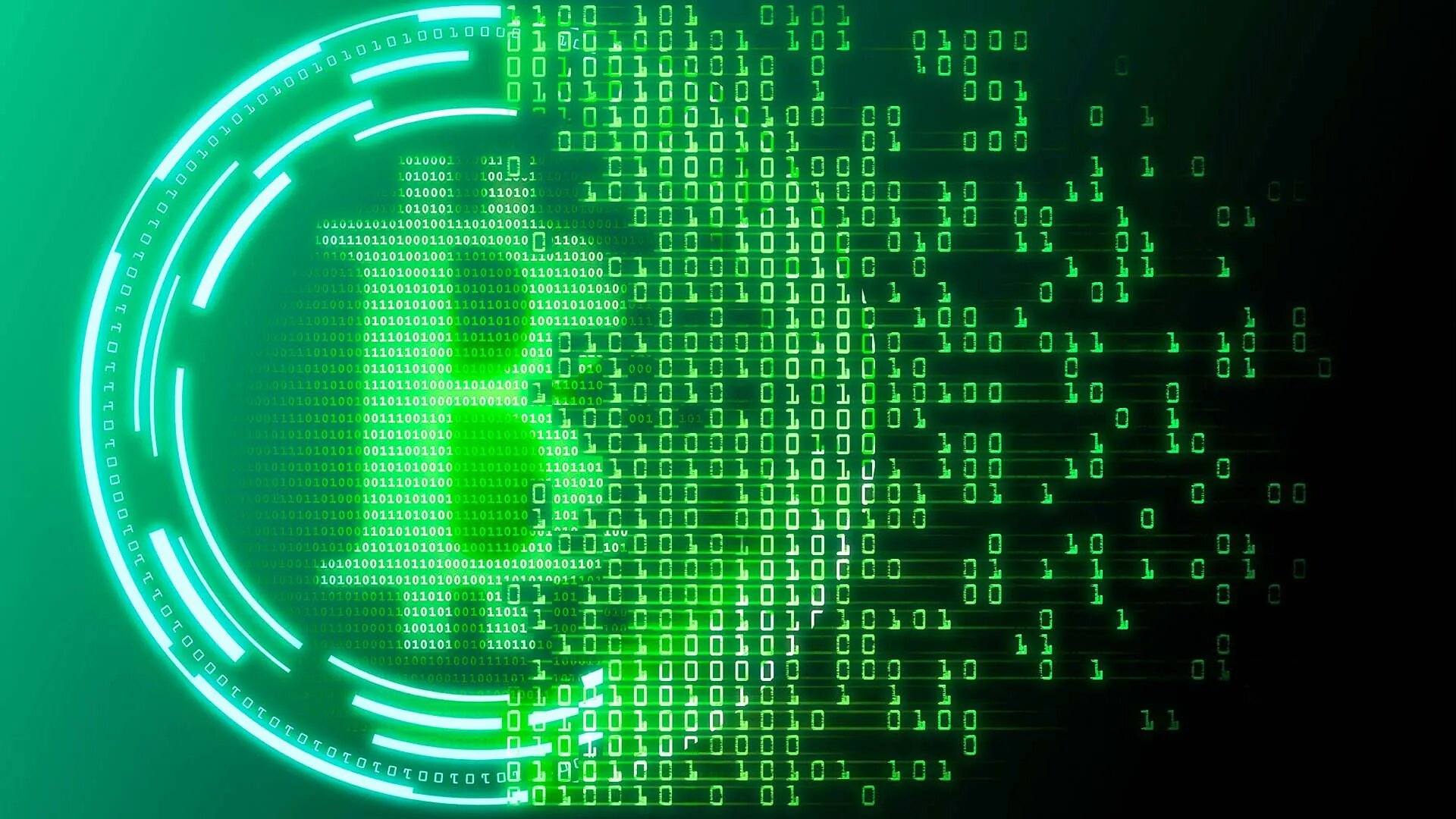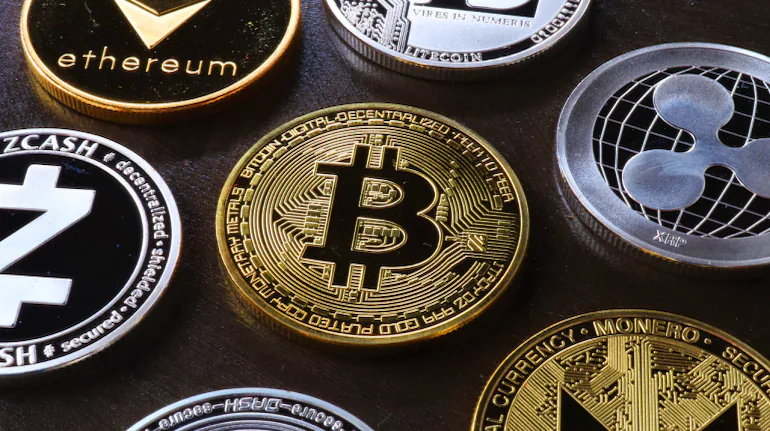What is the Difference Between Fungible & Non-Fungible Tokens
Discover the distinction between fungible and non-fungible tokens in the digital world. Learn how each type works and their unique features
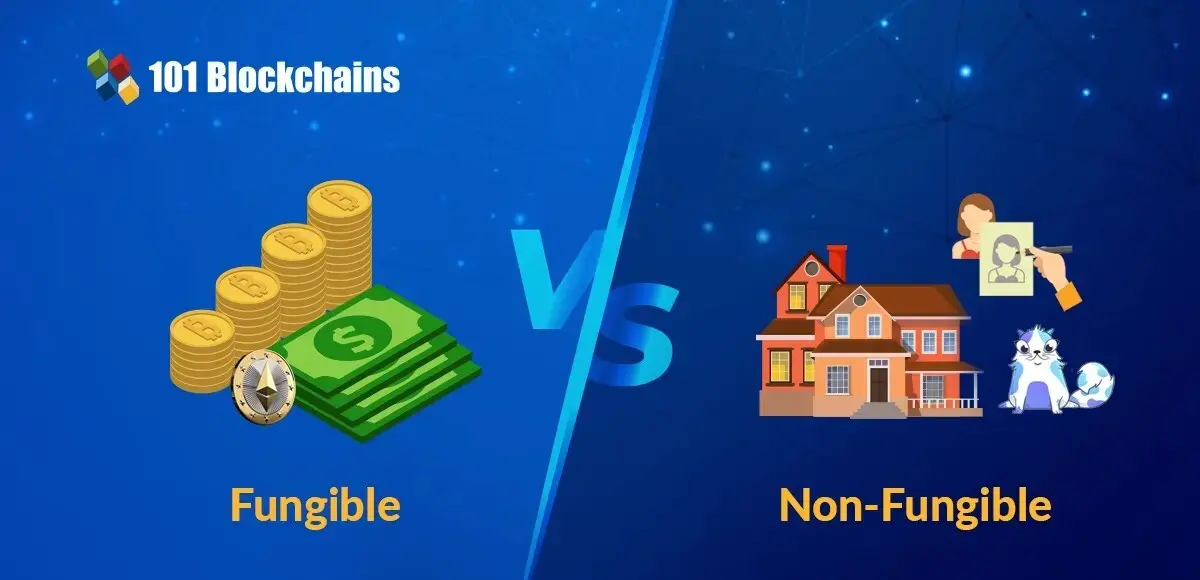
In recent years, the world of cryptocurrency and blockchain technology has witnessed a significant rise in popularity. One of the most intriguing developments within this space is the emergence of Non-Fungible Tokens (NFTs). NFTs have taken the digital world by storm, with discussions revolving around topics like NFT market price, NFT tokens price, the best NFT gaming, NFT price chart, NFT blockchain, best NFT marketplaces, NFT marketplaces,?NFTs for sale, and NFT price. In this comprehensive guide, we will delve into the fundamental differences between fungible and non-fungible tokens, and explore their implications within the NFT market.
Understanding Fungible Tokens
Fungible tokens are digital assets that are interchangeable with one another, just like traditional currency. They can be easily exchanged on a one-to-one basis because they share identical properties, value, and characteristics. For instance, one Bitcoin is always equal to another Bitcoin in terms of value. Similarly, one US dollar bill is indistinguishable from another US dollar bill of the same denomination.
The key features of fungible tokens are as follows:
- Interchangeability: Fungible tokens can be traded, bought, or sold with no need for distinct identification. Each token is equal in value to another of the same type.
- Divisibility: Fungible tokens can be divided into smaller units with the same value. For example, one Ethereum can be divided into smaller fractions like Wei.
- Homogeneity: They are identical in terms of value, properties, and functionality. There is no unique information associated with each token.
Examples of fungible tokens include Bitcoin (BTC), Ethereum (ETH), and most other cryptocurrencies.
Understanding Non-Fungible Tokens (NFTs)
Non-Fungible Tokens (NFTs), on the other hand, are unique digital assets that are not interchangeable on a one-to-one basis. Each NFT possesses distinct properties and value, making them one-of-a-kind. NFTs are used to represent ownership of digital or physical assets, such as digital art, collectibles, virtual real estate, and more.
The key features of NFTs are as follows:
- Uniqueness: Each NFT has unique attributes that differentiate it from any other NFT, making it rare and valuable.
- Indivisibility: NFTs cannot be divided into smaller units with the same value. They are bought and sold as whole tokens.
- Ownership and Provenance: NFTs are often used to establish ownership and provenance of digital assets, allowing creators to receive royalties for their work when sold.
NFTs have gained significant attention due to their role in the world of digital art, gaming, music, and entertainment, which includes discussions around?NFT market price, NFT tokens price, and the best NFT gaming experiences.
Distinguishing Characteristics of NFTs
- Unique Metadata: NFTs contain unique metadata that includes information about the asset they represent, such as the creator, date of creation, and ownership history.
- Scarcity: NFTs are often intentionally designed to be scarce, which increases their value in the eyes of collectors and investors.
- Interoperability: NFTs can be integrated with various platforms and applications, allowing them to have utility beyond their initial creation.
- Ownership Verification: The blockchain technology underlying?NFT?best gaming?provides a transparent and immutable record of ownership and transactions, making it easy to verify authenticity.
NFT Marketplaces
NFT marketplaces have emerged as platforms where users can buy, sell, and trade NFTs. These marketplaces provide a space for artists, collectors, gamers, and creators to participate in the NFT ecosystem. Some of the?best NFT marketplaces?include OpenSea, Rarible, SuperRare, and NBA Top Shot.
NFTs for Sale
NFTs can represent a wide range of digital assets, including:
- Digital Art: Artists create unique digital artworks that can be bought and sold as NFTs.
- Collectibles: Digital collectibles like trading cards or virtual pets.
- Virtual Real Estate: Ownership of virtual land or property in online metaverse environments.
- Music and Entertainment: Musicians and content creators can release exclusive content as NFTs.
- Gaming Items: NFTs are used in video games to represent in-game items or characters.
NFT Price and Market Trends
NFT prices can vary significantly based on factors like rarity, demand, and the creator's reputation.?NFT price charts?are used to track the historical price movements of these digital assets. The NFT market is known for its volatility, and prices can change rapidly.
In recent years, the NFT market has seen a surge in activity, with skyrocketing prices for certain assets, making headlines worldwide. It has attracted both collectors and investors looking to capitalize on this emerging market.
Conclusion
Fungible and non-fungible tokens represent two distinct categories of digital assets with unique properties. Fungible tokens, like cryptocurrencies, are interchangeable, while non-fungible tokens, or NFTs, are one-of-a-kind and possess distinct properties. NFTs have gained prominence in various fields, including digital art, collectibles, gaming, and entertainment, and have given rise to?NFT marketplaces, where they can be bought and sold.
What's Your Reaction?








